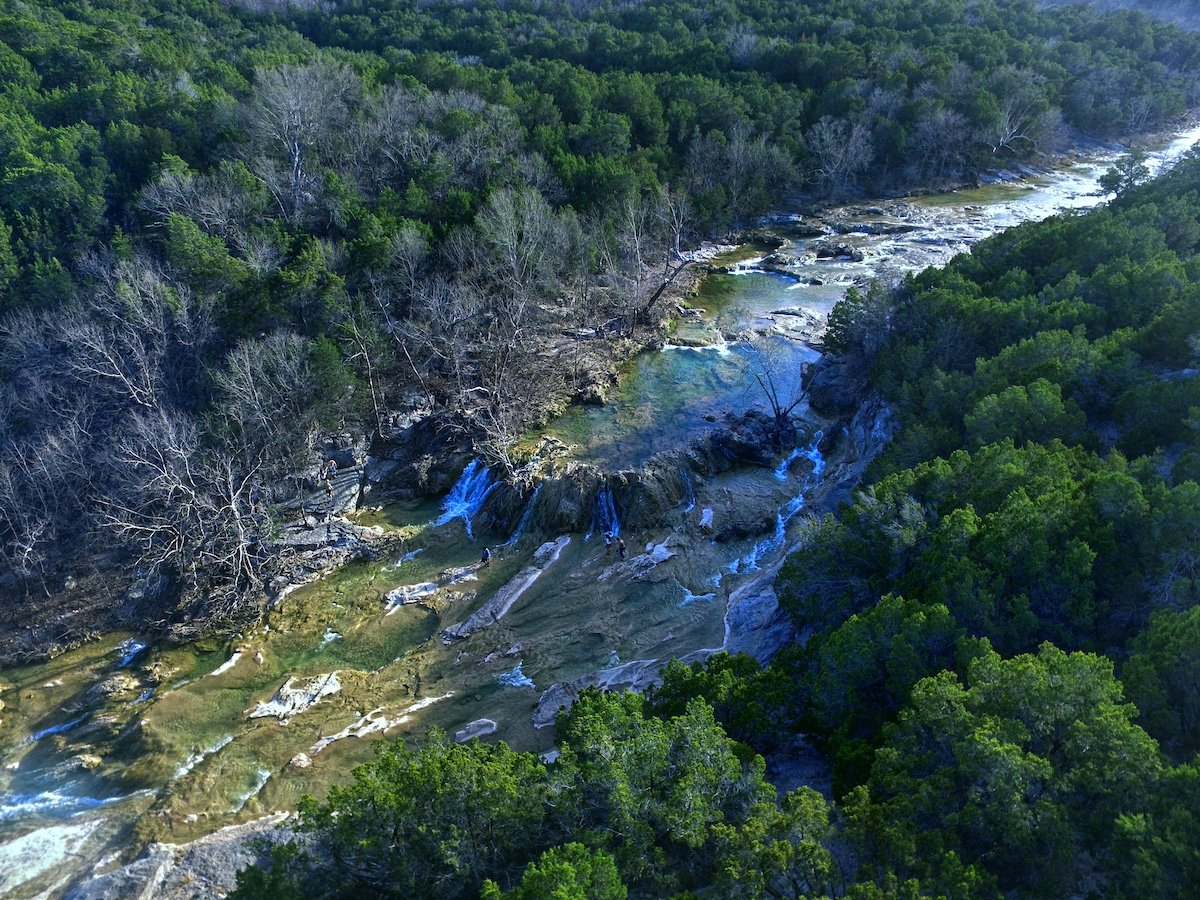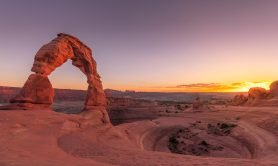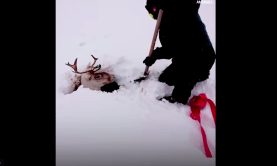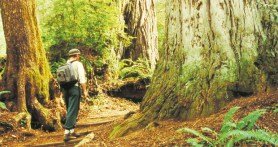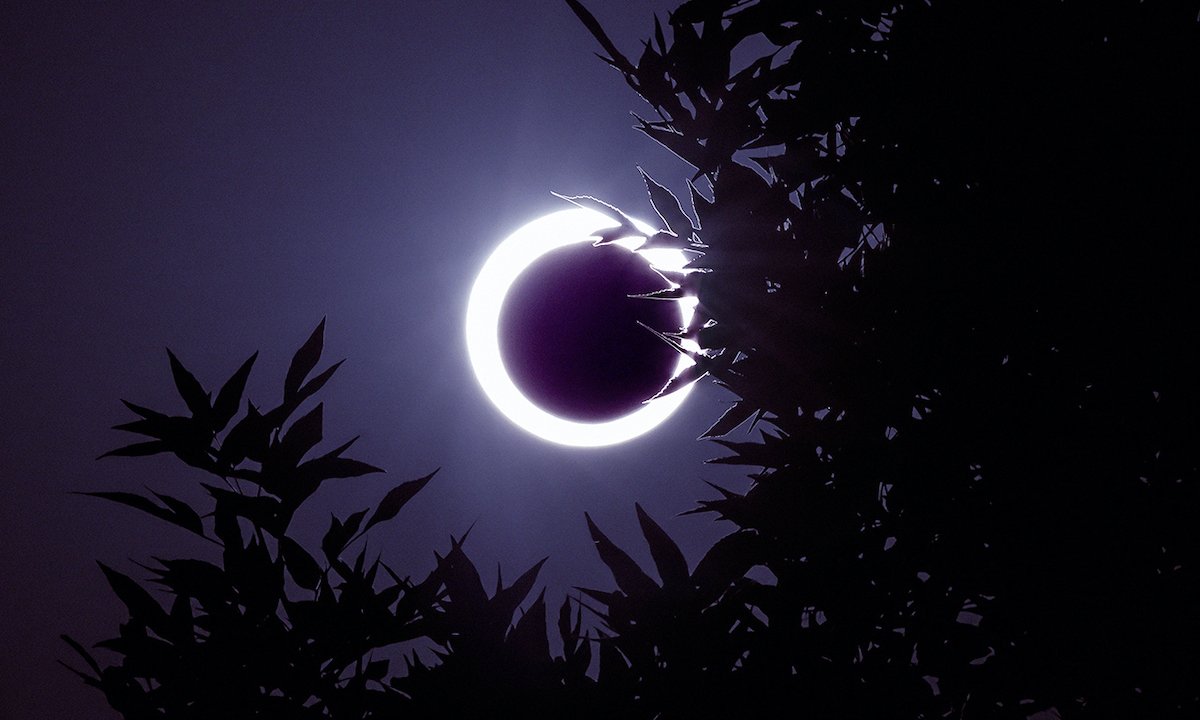

Whether you had your life changed by the 2017 eclipse — or you missed it and have been living in regret ever since — we’ve got good news. You’ll have another shot at seeing an eclipse in 2023. Better yet, it’ll be visible from more than 20 national park units across the U.S., which means now is the perfect time to start planning a trip.
What kind of solar eclipse is coming in 2023?
There are a few different types of solar eclipse. The event visible from the U.S. in 2017 was a “total solar eclipse,” which means the moon drifted directly in front of the sun, totally blocking out the light. The 2023 solar eclipse, however, will be an “annular solar eclipse.” During an annular eclipse the moon is further from the earth. So, when it drifts in front of the sun, it appears smaller and covers only the center, leaving a thin ring of light visible (anulus is latin for “ring”). Sometimes this is called a “ring of fire.”
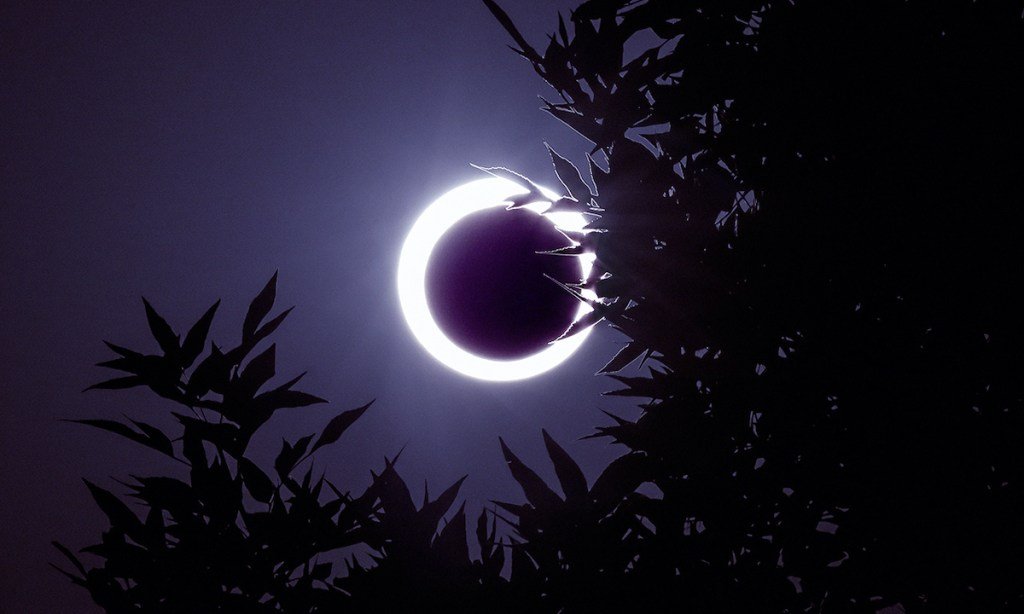
When will the eclipse happen?
The 2023 solar eclipse is due to occur on Saturday, October 14, 2023. The timing is ideal because autumn is the perfect time to visit the desert Southwest, where the phenomenon will be most visible. According to NASA, the eclipse will reach its max around 10:35 AM in Albuquerque, New Mexico, and around 11:54 AM in San Antonio, Texas. It will also be visible a bit further northwest in California and Oregon. Residents of Eugene will experience peak eclipse around 9:18 AM.
Note that the moment of maximum eclipse—when the moon appears to be exactly centered over the sun—will only last a few minutes. However, viewers will be able to see a partial eclipse for hours before and after the moment of total eclipse.
Where can I see the 2023 eclipse?
The 2023 annular eclipse will be visible from 20 national park units in the Four Corners region alone. (The NASA website offers a great eclipse map, which shows all the places that will fall within the path of the eclipse.) In Utah, we recommend heading to Bryce Canyon National Park to see the eclipse cast its eerie glow over the striped sandstone hoodoos, or Canyonlands National Park to spot the phenomena from across the region’s vast chasms.
Further north, consider visiting the volcanic wonder that is Oregon’s Crater Lake National Park (we recommend getting there at sunrise so you can find a good viewpoint before the 9:18 AM peak). Lava Beds National Monument in California will also offer unobstructed views of the eclipse.
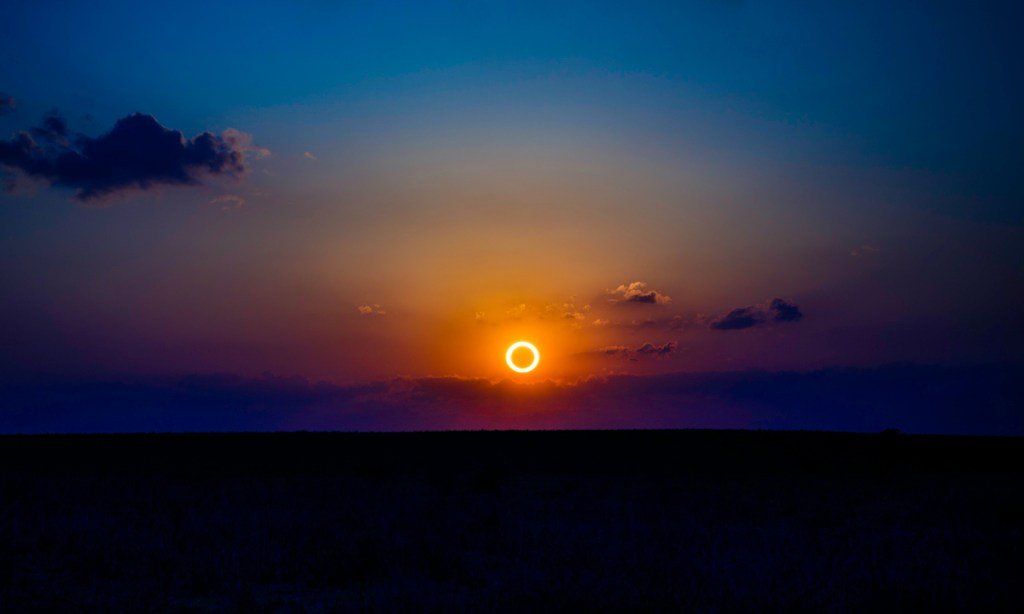
When is the next eclipse?
Don’t have time to travel out west this October? Have no fear. The next event visible from the Lower 48 is a total eclipse, due to occur in April of 2024. You can read more about the timing and locations for the 2024 eclipse on the American Astronomical Society webpage.
